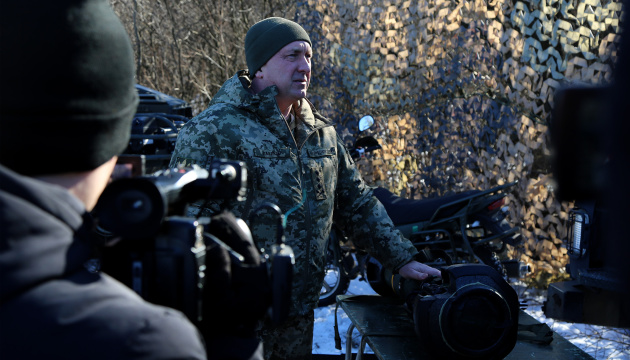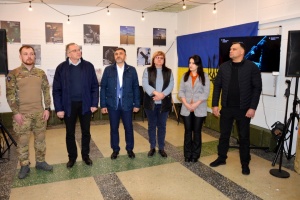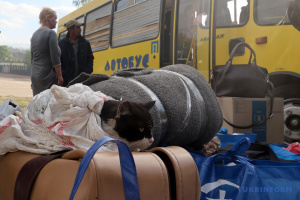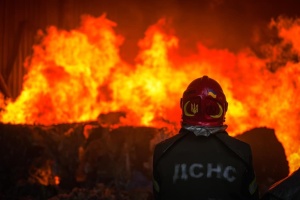
Russia’s initial plan involved capturing Kyiv within three to five days - deputy defense chief
That’s according to First Deputy Minister of Defense, Lieutenant General Oleksandr Pavliuk, who spoke in an interview with RBC-Ukraine.
"The initial plan to capture Kyiv was calculated for a short-term operation lasting three to five days. A similar plan was employed by the USSR in Hungary in 1956, Czechoslovakia in 1968, and Afghanistan in 1979," Pavliuk said.
According to the first deputy minister, the occupiers planned to deploy special operations forces (SOF) and airborne troops on the approaches to Kyiv – at Hostomel and Vasylkiv airfields – as soon as possible. Next, the enemy sought to destroy the Ukrainian air defense system, control points of the Army and National Guard units, and critical infrastructure objects with missile and air strikes, and then, amid disorganization and collapse of the state management system, they planned to seize the government quarter and eliminate or arrest the Ukrainian leadership, installing their puppet protégés.
"Considering the fact that we found in their destroyed equipment batches of parade uniform, they were preparing more for the parade on Khreshchatyk than for urban warfare. Later, of course, this plan was amended, since the enemy's intentions were completely undermined by our Defense Forces. Russian troops regrouped and were still trying to capture the capital: to completely besiege and block the city, sow panic among the local population with strikes, and force them to surrender," Pavliuk said.
He recalled that the enemy managed to land an SOF group at the Hostomel airfield while failing to do the same at Vasylkiv.
The deputy defense minister added said that after the landing of the enemy force, which was heading towards the capital from the direction of the Chornobyl zone, convoys of Russian equipment advanced from the same direction – until they approached the Irpin River and deployed pontoons to force the water obstacle. There, combat clashes began at important infrastructure facilities around Hostomel and Horenka.
At the same time, according to Pavliuk, Russian troops were on an offensive in the Sivershchyna direction (Chernihiv region), deploying up to five battalion tactical groups from the Central Military District. They were stopped nearly 70 km into the Ukrainian territory near the settlement of Sedniv.
From the northeast, up to four BTGrs wedged in at a depth of up to 125 km, advancing toward the capital from Novhorod-Siverskyi, also moving from Sumy, the official noted.
"In order to besiege Kyiv, the Russians also began to advance to the Zhytomyr highway. Fierce battles were raging in Bucha and Irpin. Makariv became a critical town on the enemy’s path toward Kyiv. The occupiers failed to gain full control of the town, choosing to bypass it," Pavliuk recalled.
He emphasized that the most critical moment of the Kyiv defense operation was the battle of Moshchun, where Ukraine’s forces repelled the invaders, never allowing them to cross the Irpin River and reach the capital by the shortest distance up to Shevchenko Square.
"As a result of the destruction of enemy armored convoys and a massive part of their infantry near Makariv, as they tried to advance to Irpin, the occupiers lost half of their troops. The victories near Makariv and Moshchun formed the basis for the enemy's defeat - and that’s how their storming of Kyiv failed," said the deputy minister of defense.
As Ukrinform reported earlier, Russia’s death toll in Ukraine has already climbed to 179,320. Some 500 invaders were killed in action in the past day alone, according to the General Staff.





